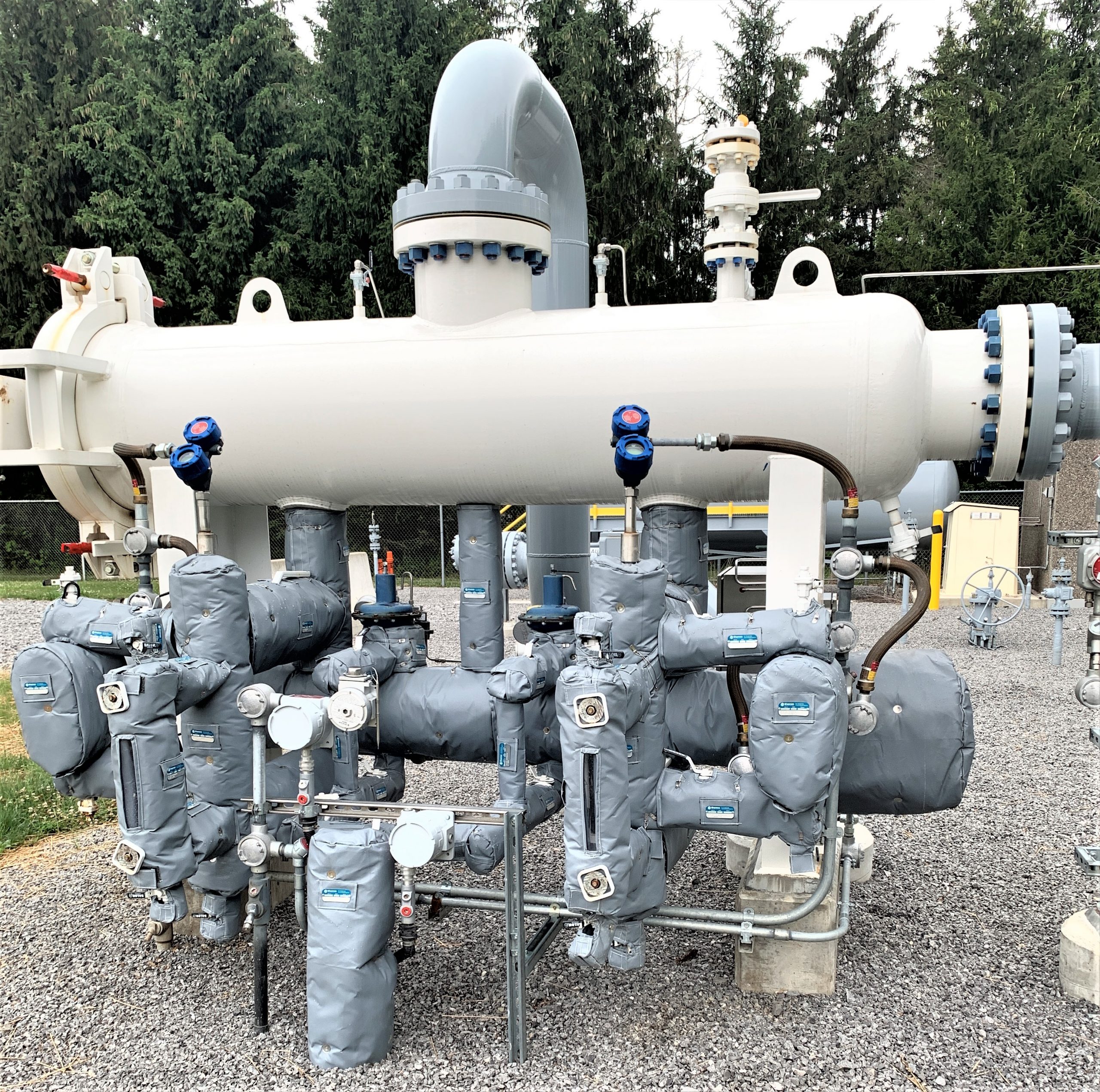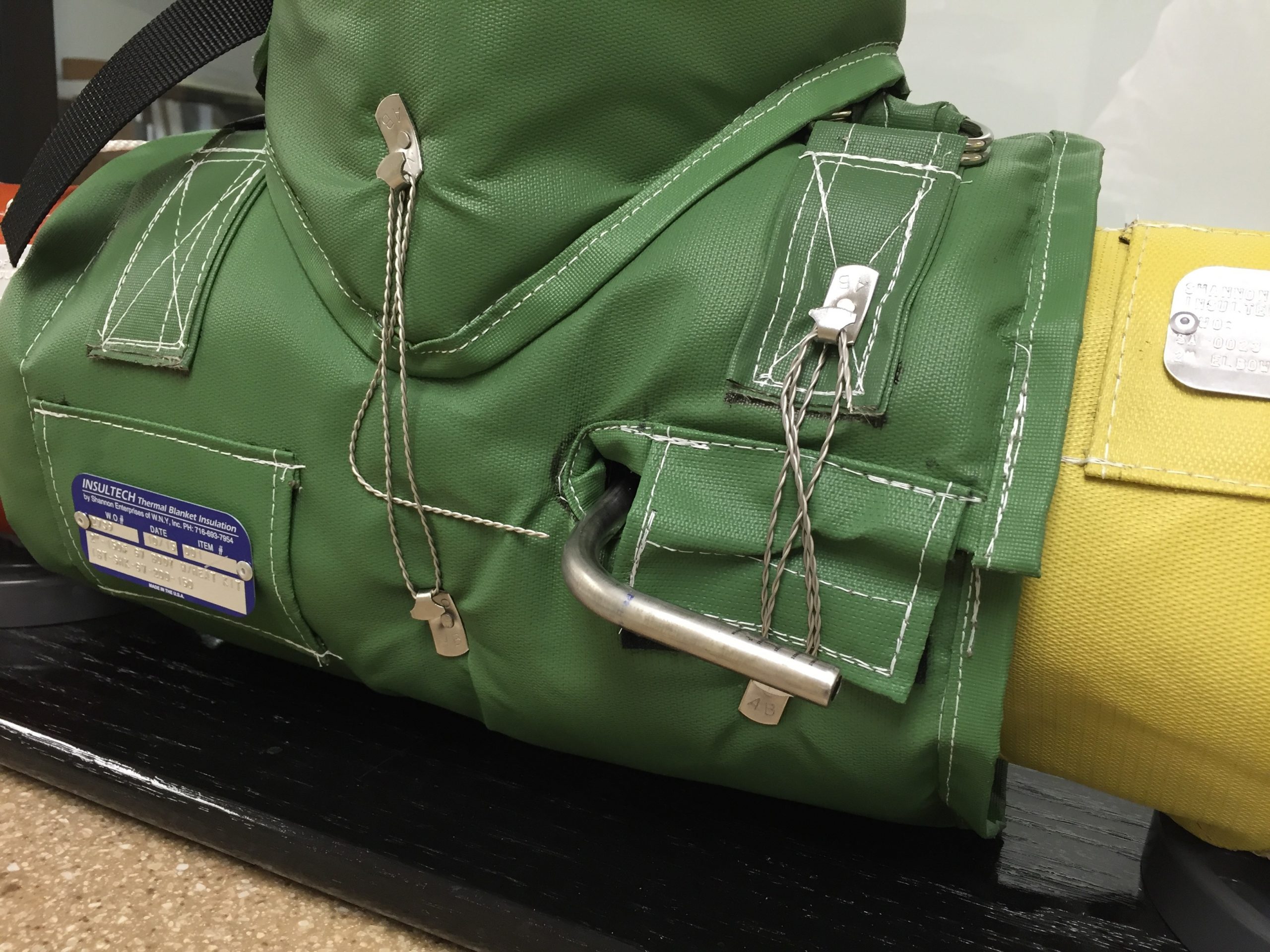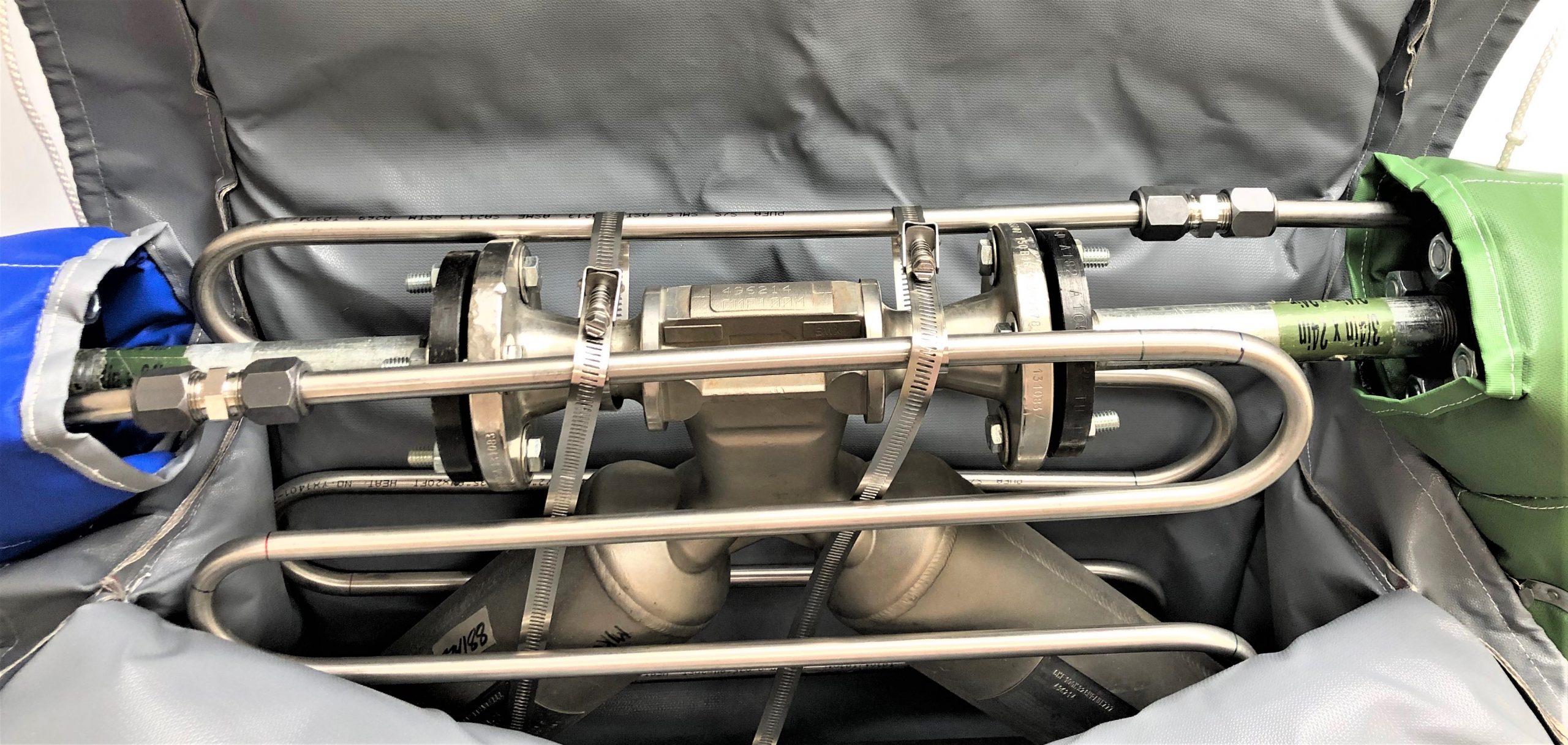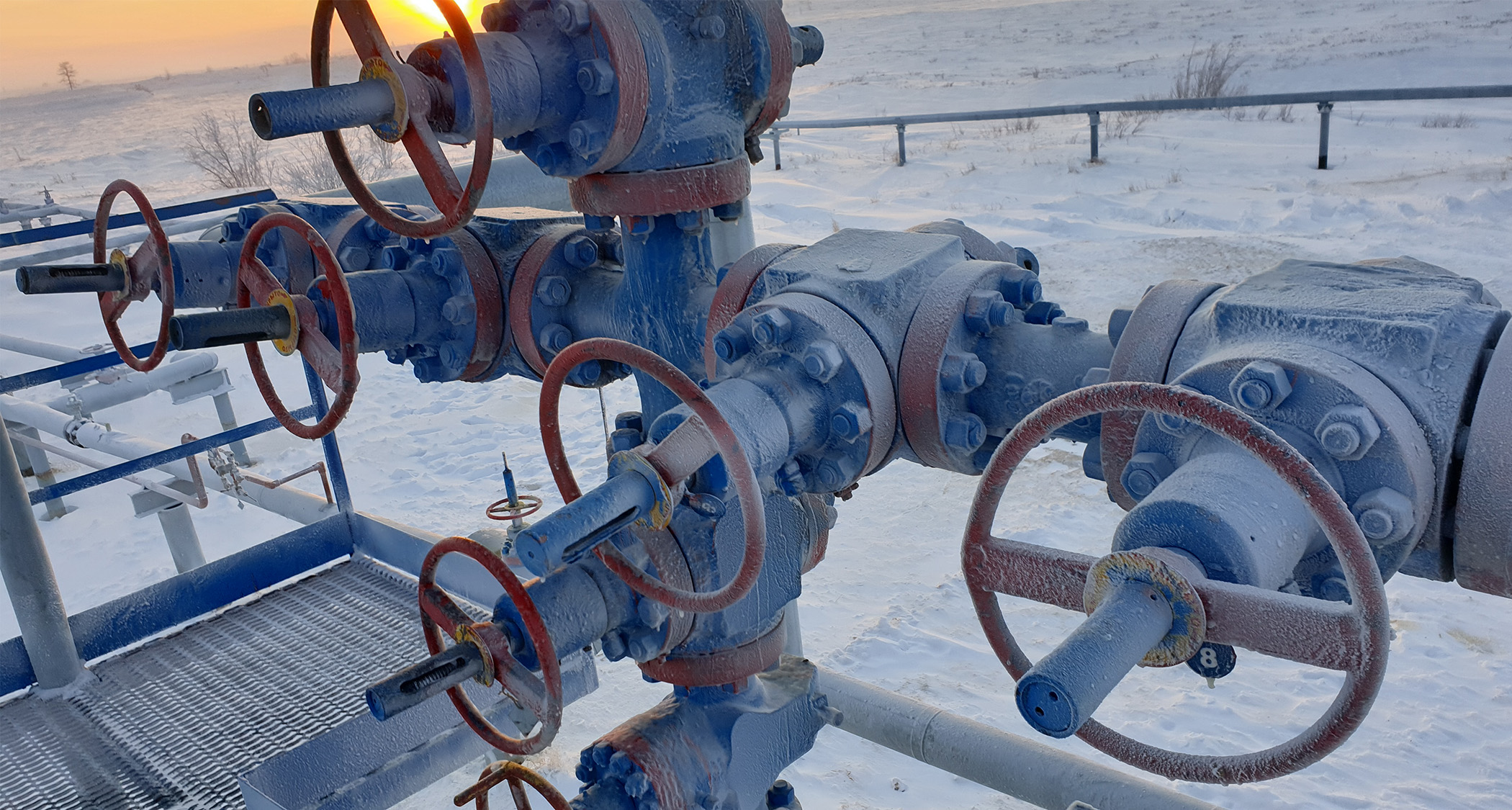Freeze protection for industrial and energy pipelines
Freeze protection for industrial and energy pipelines is a critical aspect of maintaining operational efficiency and safety in cold climates, and increasingly, in cold temperatures in southern regions of the US. When temperatures drop, the water and other fluids within pipelines can freeze, leading to blockages, ruptures, and significant damage. To prevent such issues, several strategies are employed. Maintaining a continuous flow of fluid through the pipelines can prevent freezing, as moving fluids are less likely to freeze compared to stagnant ones. In some cases, antifreeze solutions are added to the fluids to lower their freezing point. Additionally, industrial insulation blankets are a vital component in freeze protection for pipelines and equipment in various industries. Regular maintenance and monitoring are also crucial to ensure that all freeze protection measures are functioning correctly and to address any potential issues before they lead to costly repairs or downtime. By implementing these strategies, industries can safeguard their pipeline components against the damaging effects of freezing temperatures, ensuring uninterrupted operations and extending the lifespan of their infrastructure.

Shannon GES: Removable Reusable Thermal Insulation Blankets
Industrial Insulation Blankets
Industrial insulation blankets are a vital component in freeze protection for pipelines and equipment in various industries. These blankets are designed to provide a thermal barrier that helps maintain the temperature of fluids and gases within pipelines, preventing them from freezing in cold environments. Made from materials such as fiberglass, these blankets offer excellent thermal insulation properties. They are often used in conjunction with heat tracing systems to enhance their effectiveness. Heat tracing can be accomplished through several methods, including electricity, steam & glycol. However for the majority of applications, the choice falls between electric and steam tracing. For electric, cables generate heat to keep the fluid inside the pipes above freezing temperatures. For steam tracing, steel tubing containing low pressure saturated steam is attached to the product pipe. One of the key advantages of using insulation blankets with heat tracing is their flexibility and ease of installation. They can be custom-fitted to cover complex shapes and sizes of equipment, ensuring comprehensive protection. Utilizing insulation blankets that are removable and reusable, allows for easy maintenance and inspection of the underlying equipment. This feature is particularly beneficial in industrial settings where regular maintenance is required.

Shannon GES: Steam Heat Kit installed on Gate Valve with removable reusable Insulation Blanket

Shannon GES Steam Heat Kit Installed on equipment with Insulation Blanket. Tubing is prebent by Shannon to fit the equipment, maintaining optimal distances for even heating.
Choosing the Right Insulation
Choosing the right insulation material for pipeline valves and fittings involves considering several key factors to ensure optimal performance and long life. Here are some aspects to consider:
1. Operating Temperature
The temperature range of the fluid inside the pipeline is crucial.
2. Thermal Conductivity
Lower thermal conductivity means better insulation performance
3. Moisture Resistance
In environments prone to moisture, hydrophobic materials are suitable choices.
4. Mechanical Strength
The insulation material should be durable enough to withstand physical impacts and mechanical stress.
5. Standardized Industry Specifications and field testing
6. Total Cost of Ownership and Expected Lifespan.
By using High Quality insulation blankets, industries such as oil and gas, power generation, chemical processing, and food & beverage processing can safeguard their operations against the damaging effects of freezing temperatures. They will help to ensure continuous and efficient performance even in harsh conditions.

